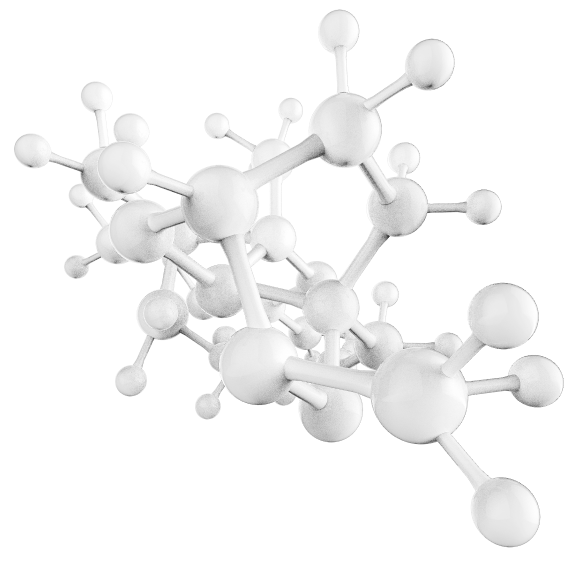Selecting analogues for chemical substances: replacing hazardous substances, alternative research methods
Substances with certain hazardous properties
can be hazardous to human health and/or the environment

Substances with certain hazardous properties
can be hazardous to human health and/or the environment
Replacing hazardous chemical substances with their safer analogues can bring significant benefits to your company, the environment, and health of workers and consumers
Selecting analogues for hazardous chemical substances
WHICH
SUBSTANCES
SHOULD
BE SUBSTITUTED?
- PBT and vPvB substances
- Endocrine-disrupting components
- Carcinogens, mutagens
- Reproductive toxicants
- Respiratory sensitizers
WHY YOU
SHOULD
CONSIDER
REPLACING
HAZARDOUS
SUBSTANCES
- Reducing the negative impact of processes and products to the environment
- Prompt response to consumer demands
- Better technical functionality
Possible results
IMPROVING
MANUFACTURING
EFFICIENCY
REDUCING
REGULATORY
EXPENSES
COMPETITIVE
ADVANTAGE
DOING
THE RIGHT
THING
Alternative methods for testing chemicals
Traditional methods of determining toxicity and ecotoxicity are rather resource intensive. With the advent of REACH-like regulations (incl. the TR EAEU 041/2017), which imply obtaining comprehensive information about toxicity of large amounts of substance, it becomes clear that the traditional methods cannot satisfy the information demands
What is read-across?
- The known information about the properties of analogue substances (source substance) is used to predict the same properties of the substance which is being researched (target substance)
- Category formation, grouping and read across methods are broadly applicable in toxicological assessments and may be used to fill data gaps for chemical safety assessment and regulatory decisions
Why read-across?
- Avoid animal testing
- Find replacements for traditional, resource-intensive toxicity and ecotoxicity testing
- Cover more substances in one safety assessment
- Use the read-across results when it is impossible to conduct the actual tests of the substance which is being researched
Read-across in the regulatory context
- 75% of all registration dossiers under REACH include read-across or categorisation reasoning
- Read-across methods are supported by the large database of toxicology studies that have been conducted over the past 50+ years
- Use of read-across results to comply with the requirements of the TR EAEU 041/2017 “On Safety of Chemicals” is allowed
Selecting analogues for chemical substances
Banned substances
Determined by the Eurasian Economic Commission decisions 
Examples:
Restricted substances
Listed in the appendix 7 to the Procedure of forming the Register
Groups of substances:
- CARCINOGENS (CATEGORY 1)
- CARCINOGENS (CATEGORY 2)
- MUTAGENS (CATEGORY 1)
- MUTAGENS (CATEGORY 2)
- REPRODUCTIVE TOXICANTS
(CATEGORY 1) - REPRODUCTIVE TOXICANTS
(CATEGORY 2) - AQUATIC ENVIRONMENT TOXICANTS
(CATEGORY 1) - … (STANDARDS ARE BEING DEVELOPED)

